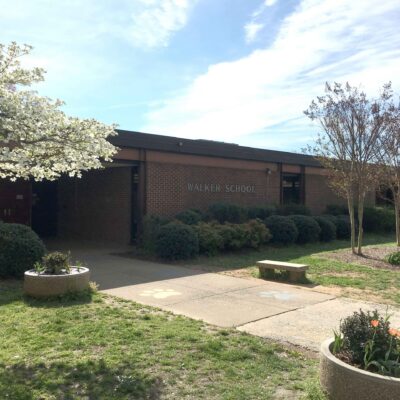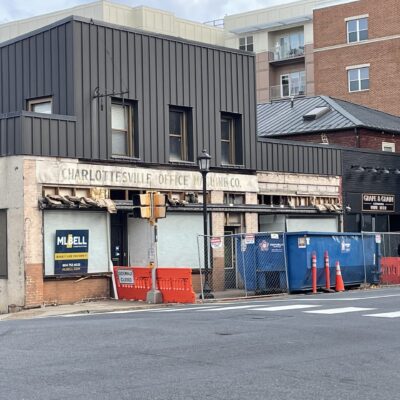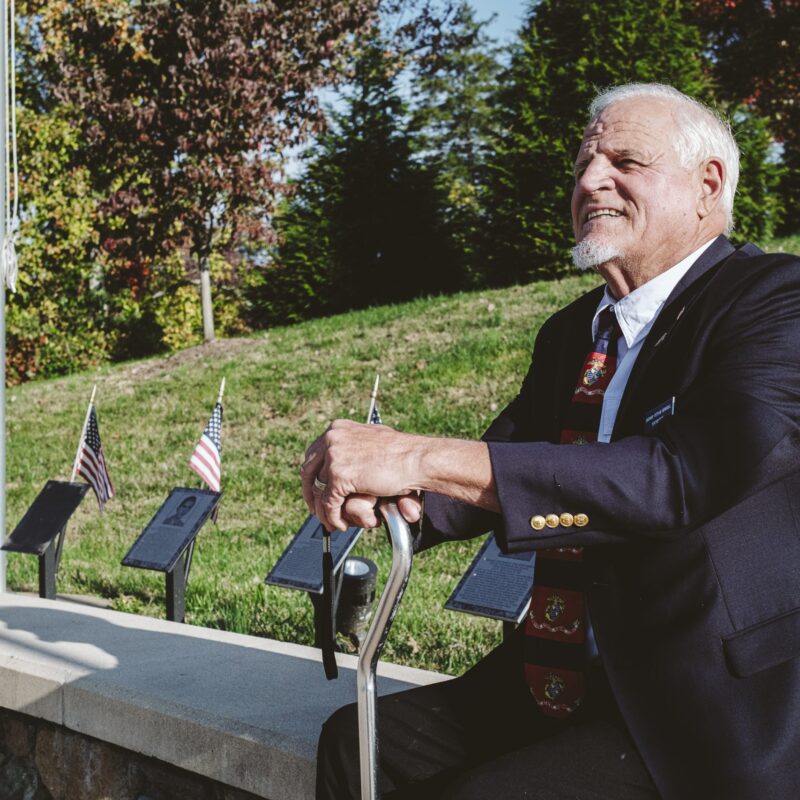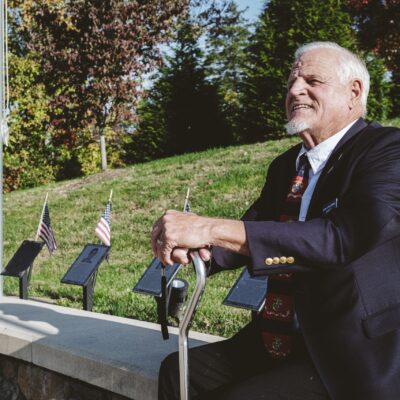Martha Jefferson Hospital is in the process of narrowing the list of potential partners to redevelop its 13.6-acre Downtown campus, the biggest city project in decades and one that promises to significantly alter the landscape of Charlottesville. The hospital issued a request for developer qualifications (RFQ) that came due August 29, and spokesman Steve Bowers says the hospital is still on course to select a redevelopment partner by the end of the year.
“We sent it out to developers and other people who have expressed interest over the years,” says Bowers. The RFQ asks developers to outline their previous experience and their proposed payment structure. The hospital, which is moving to Pantops by 2012 and is depending on the sale of the city site to help finance its new complex, will use the responses to pick a handful of finalists.
 The Martha Jefferson Neighborhood Association wants the hospital to return offices like this one on Locust Avenue to the residential fold. |
Interested companies have come from as far west as Chicago and Dallas, says Bowers, but he thinks there will be strong local and regional representation. “We want everyone to really appreciate the unique character of Charlottesville within the context of Central Virginia.” The hospital still hasn’t decided whether it will make the names of finalists public, but it will hold a neighborhood forum so that “everybody goes in with eyes wide open and with hopes for long-term collaboration.”
Maria Chapel, president of the Martha Jefferson Neighborhood Association, says that the hospital has been communicative so far. One potential source of conflict, however, is the status of five former residences that the hospital has turned into offices over the years. The hospital has committed to preserving those structures, but the neighbors want it to go further and actually downzone the land so that they once again become residences.
“We are aggressively working with them on this site to have it fit into our neighborhood,” says Chapel. “From our perspective, we think it would be better for the city, the hospital and the neighborhood to come to an agreement about what the zoning should be so that when companies do apply for this they know exactly what they’re getting into ahead of time.”
The ideal, says Chapel, is to have Taylor Street, which was subsumed into the Martha Jefferson complex, returned to a working street with everything north of it residential or parkland. “We’re really hoping to see some greenspace out of all this,” Chapel says.
Bowers envisions a rezoning taking place once the redevelopment partner is selected. He says the hospital understands the neighbors’ interests in having the site slope down in density. To balance that, the hospital might want to increase the density on the High Street side.
“It’s very complicated from all perspectives,” acknowledges Chapel. “There’s no easy answer. We’re not really looking for an easy answer, but we’re hoping that it’s going to be a graceful renovation of that space.”
C-VILLE welcomes news tips from readers. Send them to news@c-ville.com.





